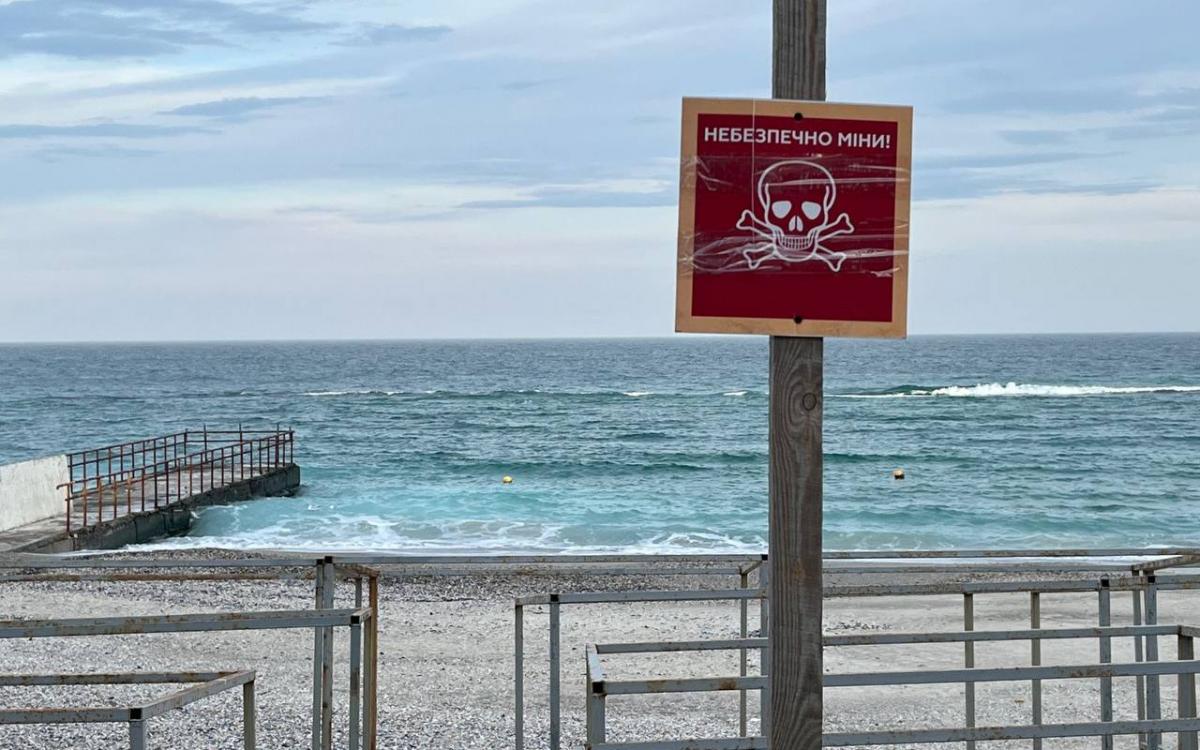
After the Russian forces detonated the Kakhovka Hydroelectric Power Plant, various items from the Kherson region started washing up on the shores of Odessa.
Aside from remnants of buildings, structures, boats, and even animals, explosive devices began appearing on the coast of Odessa.
Within a week, border guards, along with the Defense Forces, discovered six mines that the tide had washed ashore in the Odessa region. Most of the explosive devices were safely destroyed through controlled detonations. Some of the mines, shells, and other hazardous objects detonated in the water. This information was reported by the State Border Guard Service.
Additionally, due to the explosion at the Kakhovka Hydroelectric Power Plant, the salinity of the water sharply decreased in the Black Sea.
Experts from the State Environmental Inspection collected samples of seawater in Odessa, at Nová Dofínivka (Berth 243), Lanzheron Beach, and Station 16 in Velykyi Fontan.
The results of the laboratory tests showed the following exceedances in the water:
Nová Dofínivka (Berth 243): suspended substances exceeded by 1.6 times; total iron exceeded by 9 times; salinity below the norm by 2.7 times.
Lanzheron: total iron exceeded by 5.2 times; salinity below the norm by 2.9 times.
Station 16 in Velykyi Fontan: suspended substances exceeded by 1.1 times; total iron exceeded by 3.4 times; salinity below the norm by 2.9 times.

вологість:
тиск:
вітер:
0 Comments
To add the comment